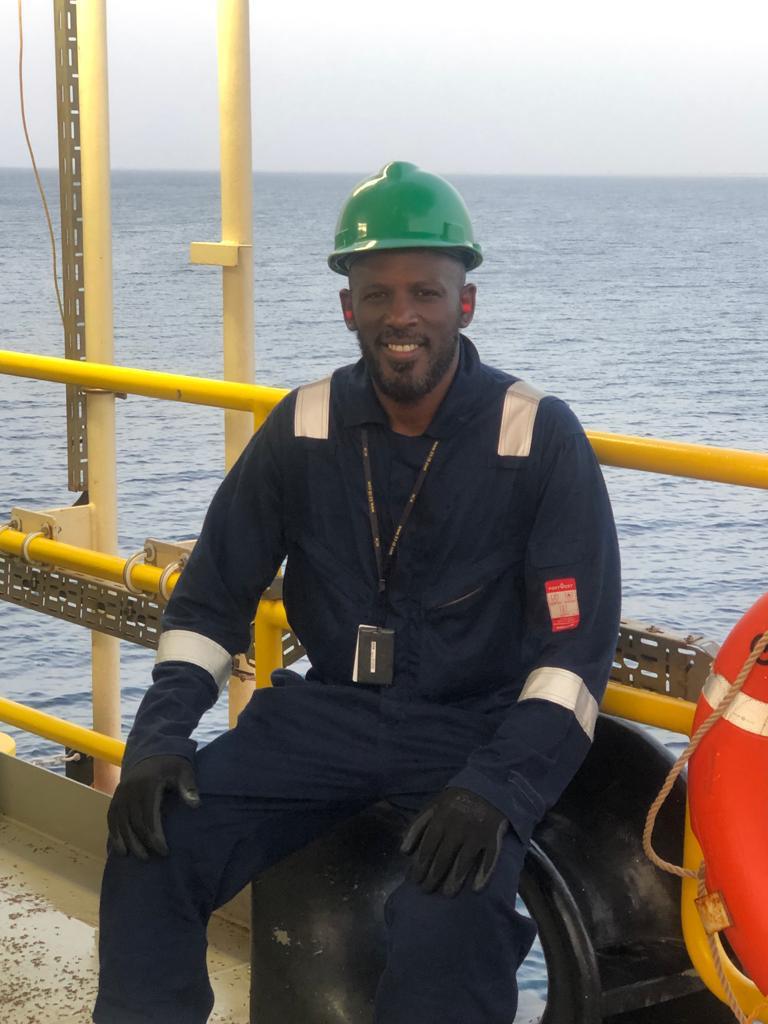A new NPR story about the U.S. government’s review of several Immigration and Customs Enforcement (ICE) jails is important. We have seen all of these issues in immigration jails in Ohio. Medical neglect at the NEOCC, which led to a man being deported with his hip unattached from his body. Racism and physical assaults against Black immigrants, committed by guards at the Butler County Jail, which led to a major civil rights lawsuit. More gross medical neglect, racism, and pure incompetence at the Morrow County Jail, which led to it becoming the first 100% COVID positive facility, the death of Oscar Lopez, and a federal judge admonishing both ICE and the jailers.
Through inadequate testing, inadequate observation, and inadequate isolation strategies, Morrow allowed its infection numbers to soar exponentially, and now every detainee in the large and small dormitories has been infected. This reckless, out-of-control spread of infection is constitutionally unacceptable. — U.S. District Judge Sarah D. Morrison
The other thing that NEOCC, Butler, and Morrow County Jails have in common is that they are no longer ICE contract facilities. An organizer with the Ohio Immigrant Alliance, Saidu Sow was deported after spending three years in these Ohio ICE jails, where he exposed abuses that led to the cancellation of two ICE contracts (Butler and Morrow County). NEOCC ended its contract with ICE separately.
Finally, at least one government body has found that everything we were saying was true. They’re still missing some things; this is just the tip of the iceberg. There is no fixing this system. ICE detention should not exist. — Saidu Sow, Organizer, Ohio Immigrant Alliance
In the forthcoming Volume 2 of the Ohio Migration Anthology, “(Everything Is) Cells and Bodies,” Sow expands on his time inside U.S. immigration jails and his life after deportation. “I was inside for Immigration for so long, I started losing my mind,” he says. The racial epithets from guards; horrible food; cold nights spent on hard beds; lack of access to sunshine; every aspect of incarceration was a punishment he would not wish on anyone.
When you are incarcerated, the jailers are trying to take your power. Sow never let them. He and others incarcerated for ICE spoke out about abuses in Ohio immigration jails—multiple times, as months turned to years. They talked to the media, provided evidence for lawsuits—even when it was dangerous, when officers retaliated and put them in solitary confinement, or pushed them down the stairs.
And although many people were ultimately deported during this time, they left a legacy that means less pain for the people coming behind them. They closed two ICE jails in Ohio, and a third ended its contract. There are still two more to go.
The excuse the government uses to justify so-called civil detention of immigrants—that it is needed to ensure immigrants attend their court hearings, is a farce. Is there any other area of civil law where people are incarcerated while attempting to resolve their situation? The costs of detention to taxpayers are enormous, and the cost to human lives—both people on the inside and the outside—incalculable.
The true “purpose” of immigration jail is to make it harder for immigrants to defend and win their cases. It cuts them off from family, lawyers, jobs, and the ability to track down evidence to prove their cases. They are far less likely to be able to win their cases, even when they have strong defenses—a miscarriage of justice.
Immigration jail is barbaric on purpose. It’s a tool the government uses to destabilize immigrants, attack their resiliency, and pave their paths to deportation. And you can’t “fix” a system that is working exactly as designed. The only moral option is to end it. — Lynn Tramonte, Director, Ohio Immigrant Alliance
###

